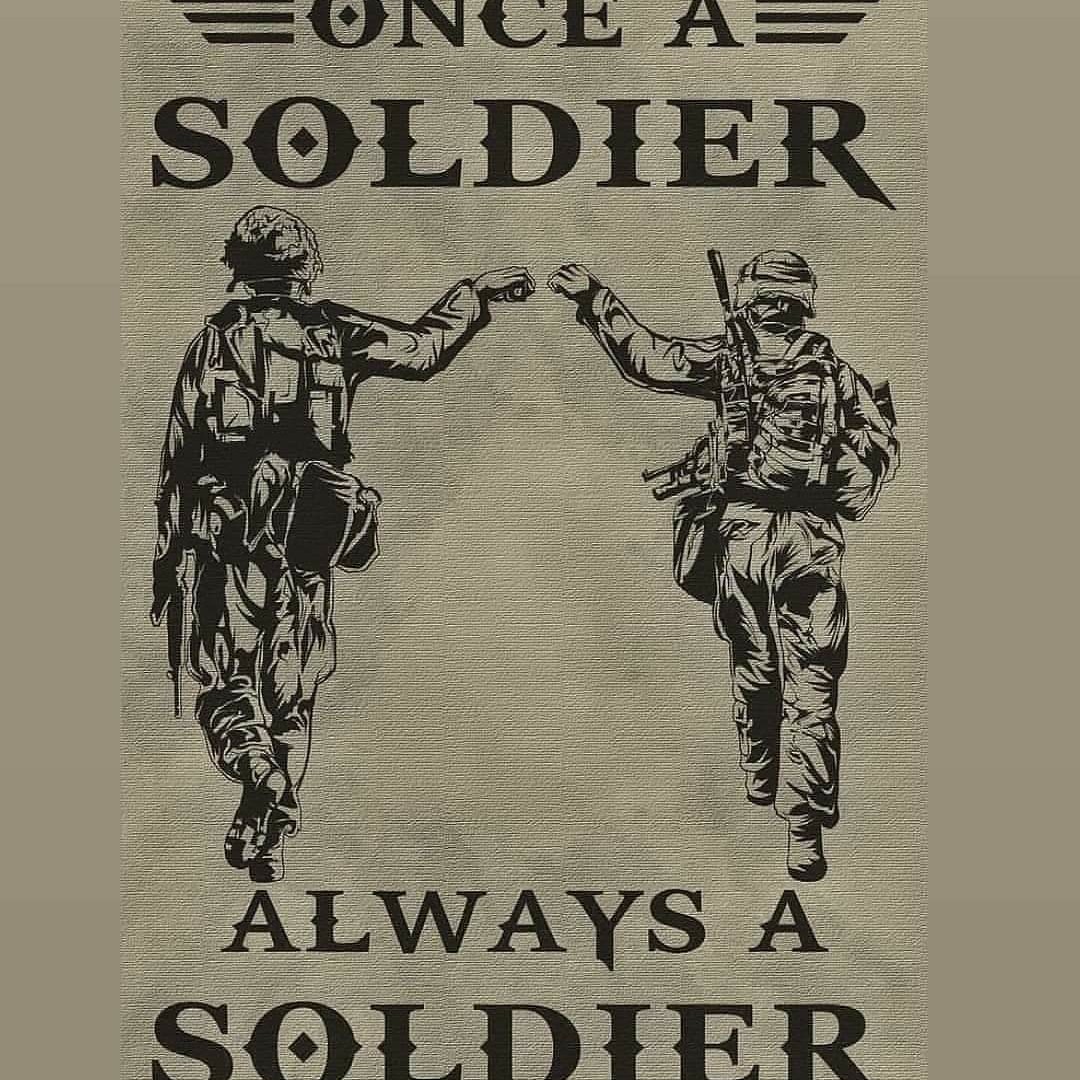Author – Major General Vijay Pande, VSM (Retired)
(Views are personal)
In any military confrontation it is necessary to locate and identify the military hardware, troop deployments and activities of the enemy, using various means at our disposal. Interpretation of these gives us an assessment of the probable courses of action available to the opponent. The Duke of Wellington said, “the whole art of war consists of guessing what is on the other side of the hill”. However, what remains an enigma for all military planners is the intention of the enemy commanders. “What is playing on his mind” is the perpetual question to be answered. It is not an easy call to make. In this piece I will try to delve into some examples from recent history and try to get some pointers towards the “mind of the enemy commander”. There are no prizes for getting it right, the loser will end up eating crow!!
The Sino Soviet Border War 1969. Without going into the larger reasons for the war, the immediate ‘casus belli’ was the dispute over the island territories in the Ussuri river. The demarcated border ran along the eastern bank of the river which was not in line with the “thalweg principle” of demarcation of borders along the deepest part along river courses which is the principle navigable channel. One incident merits attention. The incident was on 2 March 1969 on the disputed Damansky Island on the Ussuri river called Zhenbao Island by the Chinese. This island was under the control of the Soviets. Patrolling by the Soviet border guards was a regular affair. On this fateful day, the Chinese entered the area in fairly large numbers (approximately 75 men). When challenged by a detachment of Soviet troops led by an officer present in the area, the Chinese objected and this led to a brawl among them. One thing led to another and the Chinese suddenly opened fire, killing all the Soviet soldiers present and taking the Soviet leadership by surprise. Prior to this incident also, altercations between Chinese and Soviet soldiers had been a regular affair in this area. On many occasions the altercations turned into brawls between soldiers. The conflict lasted seven months. All along this crisis, China played the victim and painted the Soviets as the aggressors. The understated larger aim of challenging the Soviets was to emerge as an equal Communist power and not one that played second fiddle to the Soviet Union. One positive fallout of the war for China was that USA started viewing it as a possible ally against the Soviet Union.
Are there any similarities with what is happening on our northern borders?
The Sino Vietnam War 1979. The war between China and Vietnam in 1979 also rings a bell. I will first briefly summarise the prevailing conditions at that time.
One, Vietnam had emerged unified and stronger after the exit of the Americans from the region. A powerful Vietnam had invaded Cambodia to limit Chinese influence in that country. It had also started expelling ethnic Chinese from Vietnam.
Two, the Soviet Union had given support to Vietnam and its unification as a logical consequence of the American withdrawal from Vietnam.
Three, China under Deng Xiao Ping had embarked on the ‘Four Modernisations’ programme including agriculture, industry, national defense, and science and technology only in 1978. The Chinese PLA was a peasant force and not much had changed in its organisation, equipment and training over the years.
Four, the intention of China was to teach Vietnam a lesson for its growing regional clout, defying China and proximity to USSR.
China launched a three pronged land offensive with some 200,000 troops with the military aims of capturing six regional capitals after which it would have declared victory and withdrawn. They were opposed by approximately 50,000 Vietnamese soldiers who were ably led and highly combat hardened. The Chinese campaign was anything but quick and decisive, laden as it was with outdated human wave tactics, inflexible organisations and inadequate as well as poorly planned logistics.
Predictably, the Chinese offensive slowed down and ultimately ground to a halt. They could capture three of the six defined military objectives but with heavy casualties, after which the Chinese declared that their military aims had been achieved and withdrew. Militarily what China achieved could hardly be termed as a success. Geostrategically also it failed to limit Vietnam’s influence in Cambodia. However, where it did succeed was in exposing the limits of the USSR’s capability in supporting Vietnam and intervening on its behalf.
Are There any Pointers
There are striking similarities in China’s behaviour and actions on the Ussuri river and Vietnam with the happenings on its Indian border. Today China has upped the ante against India with somewhat similar thoughts. It is not happy with India’s growing influence, it is not happy with India’s growing proximity to the US, it is not happy with India opposing the BRI and more importantly it believes it can still “teach India a lesson”. Maybe it is also testing the limits of US support to India. War ultimately is all about “imposing one’s will upon the enemy” to quote Clausewitz. Knowing the enemy and more importantly assessing his intentions are crucial at all levels. In the end national resolve, superior leadership, superior planning and tenacity as well as courage of the man behind the gun will decide the outcome.

